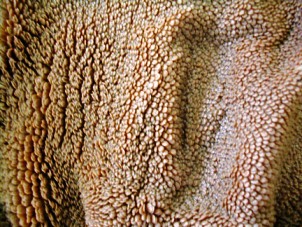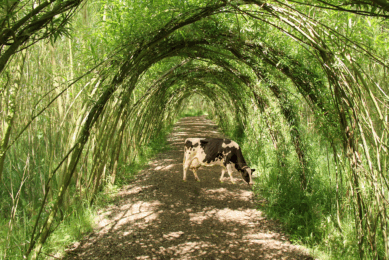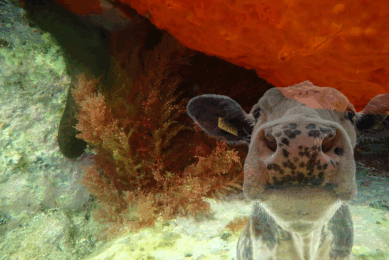Research review: Fibre in high-producing cattle

In an invited review scientists from Austria, Germany and Canada aggregated the available information on the role of physically effective fibre and estimation of dietary fibre adequacy in high-producing dairy cattle.
Highly fermentable diets require the inclusion of adequate amounts of fibre to reduce the risk of subacute rumen acidosis (SARA).
To assess the adequacy of dietary fibre in dairy cattle, the concept of physically effective neutral detergent fibre (peNDF) has received increasing attention because it amalgamates information on both chemical fibre content and particle size (PS) of the feedstuffs.
The nutritional effects of dietary PS and peNDF are complex and involve feed intake behaviour (absolute intake and sorting behaviour), ruminal mat formation, rumination and salivation, and ruminal motility.
Other effects include fermentation characteristics, digesta passage, and nutrient intake and absorption.
Moreover, peNDF requirements depend on the fermentability of the starch source (i.e., starch type and endosperm structure).
To date, the incomplete understanding of these complex interactions has prevented the establishment of peNDF as a routine method to determine dietary fibre adequacy so far.
Therefore, the review is intended to analyze the quantitative effects of and interactions among forage PS, peNDF, and diet fermentability with regard to rumen metabolism and prevention of SARA, and aims to give an overview of the latest achievements in the estimation of dietary fibre adequacy in high-producing dairy cattle.
Recently developed models that synthesize the effects of both peNDF and fermentable starch on rumen metabolism appear to provide an appropriate basis for estimation of dietary fibre adequacy in high-producing dairy cows.
Data suggest that a period lasting more than 5 to 6 h/d during which ruminal pH is <5.8 should be avoided to minimize health disturbances due to SARA.
The knowledge generated from these modelling approaches recommends that average amounts of 31.2% peNDF inclusive particles >1.18 mm (i.e., peNDF>1.18) or 18.5% peNDF inclusive particles >8 mm (i.e., peNDF>8) in the diet (DM basis) are required.
However, inclusion of a concentration of peNDF>8 in the diet beyond 14.9% of diet DM may lower DM intake level.
As such, more research is warranted to develop efficient feeding strategies that encourage inclusion of energy-dense diets without the need to increase their content in peNDF above the threshold that leads to lower DM intake.
The latter would require strategies that modulate the fermentability characteristics of the diet and promote absorption and metabolic capacity of ruminal epithelia of dairy cows.











